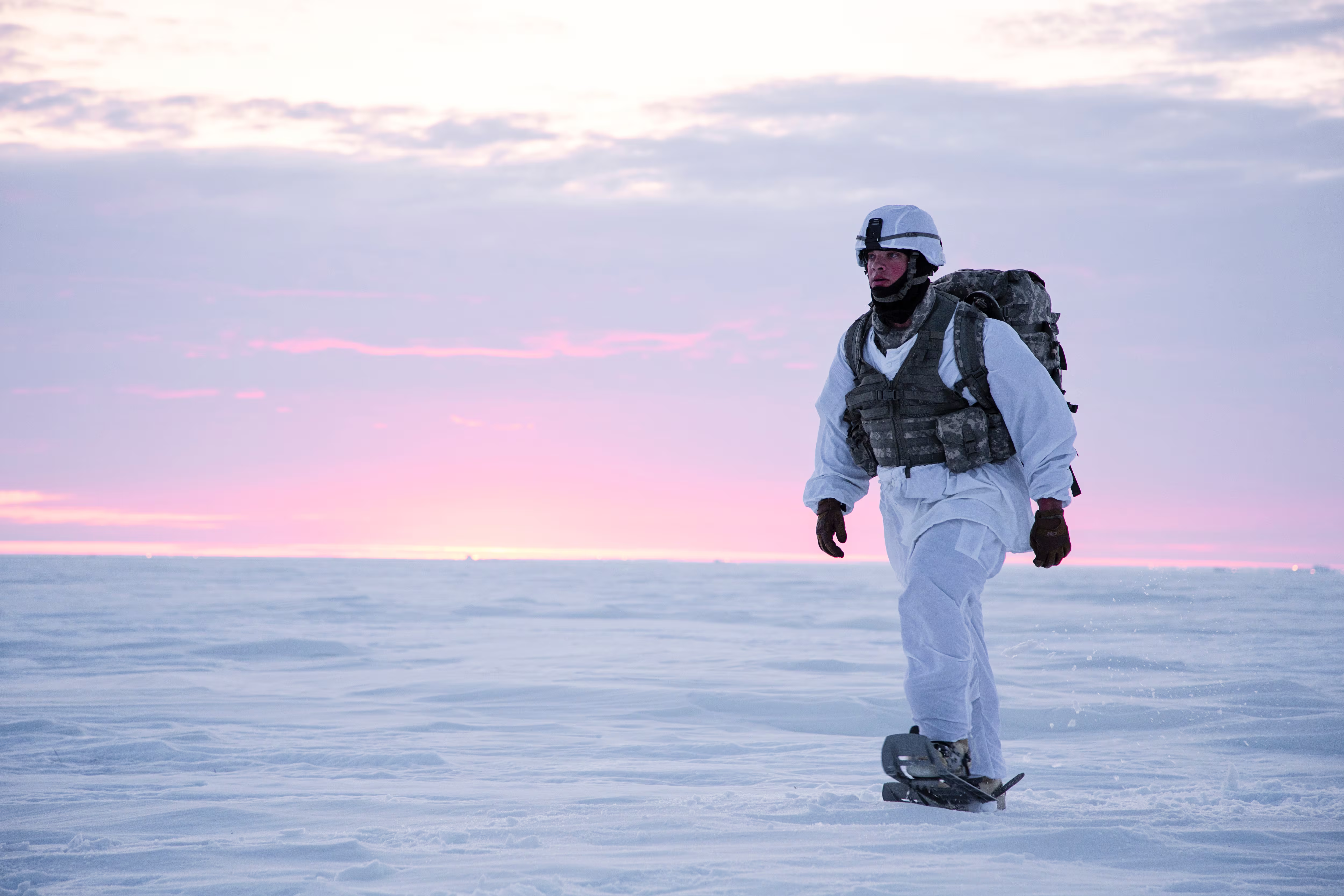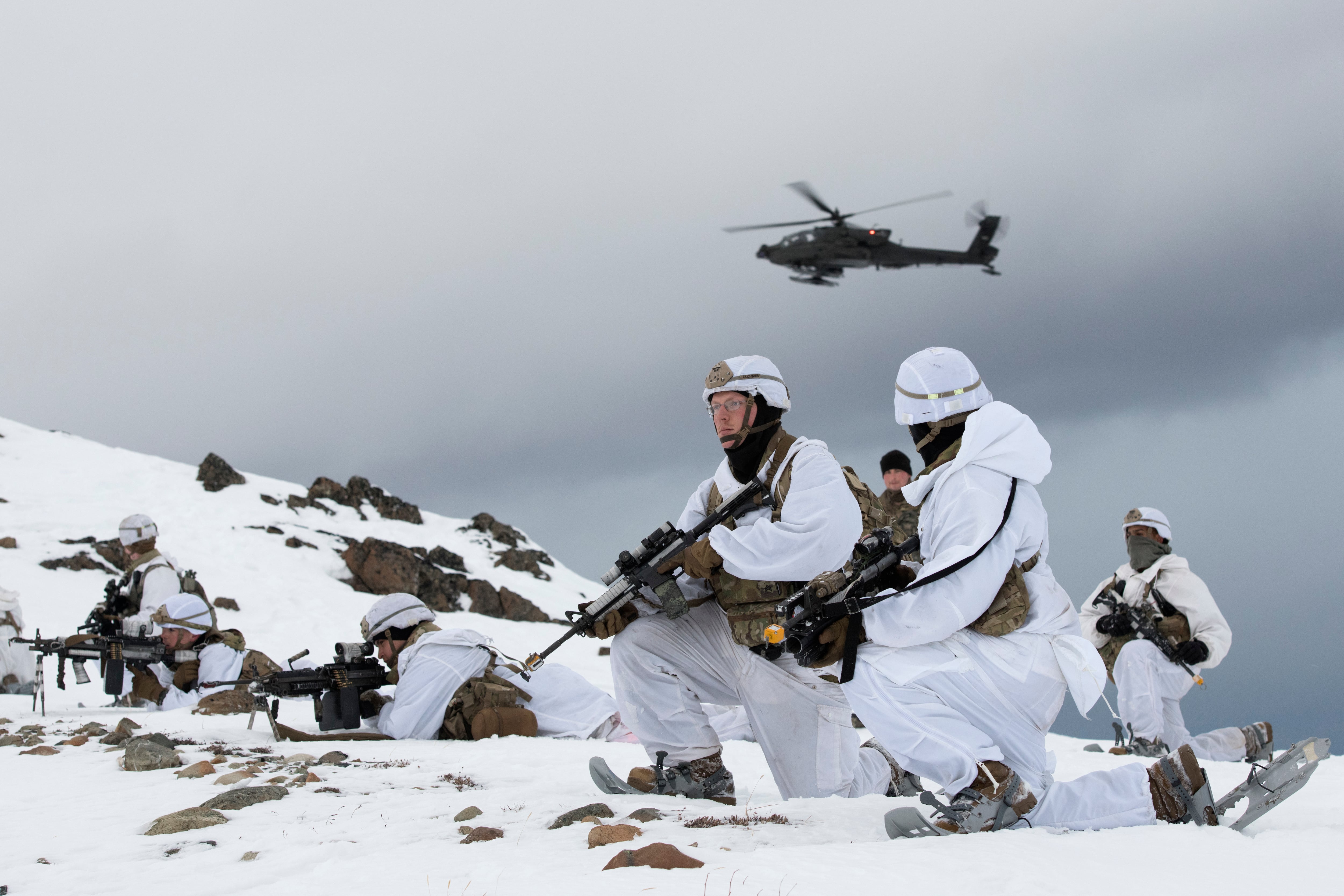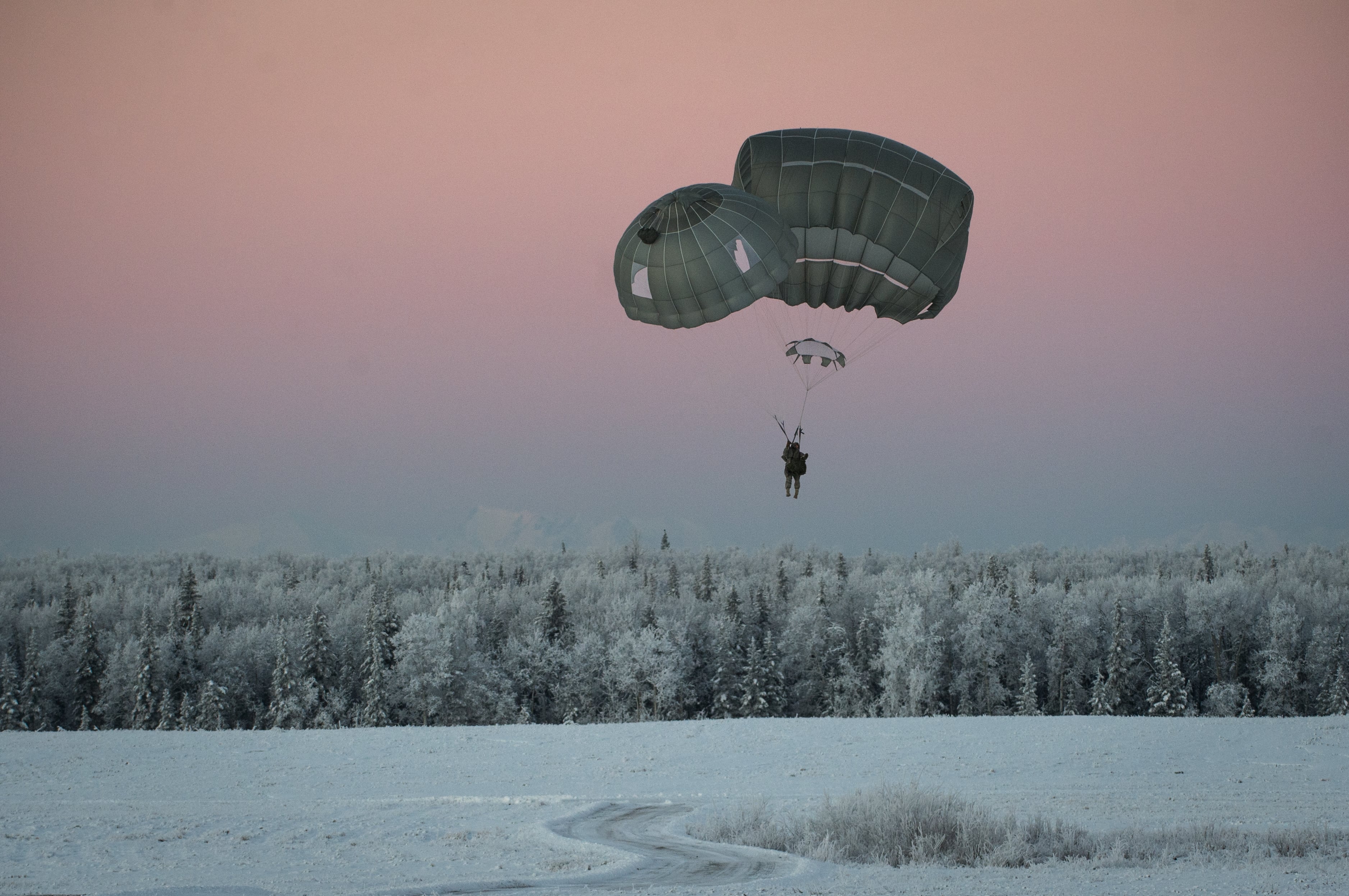If the colors of the Army’s 11th Airborne Division could talk, they may soon be complaining about a change in weather.
The historic unit, which fought in New Guinea and the Philippines as part of the Pacific theater of World War II, was inactivated in 1965. It was last located at Fort Benning, Georgia, where it was an experimental unit testing the viability of air assault and airmobile operations.
But that could soon change, Army Secretary Christine Wormuth told lawmakers Thursday in a Senate committee hearing. She said the 11th Airborne, which was nicknamed the “Angels” before deactivation, could provide the bedrock for a new collective identity among soldiers stationed in Alaska.
“We are looking at...reflagging the U.S. Army Alaska headquarters as the 11th Airborne Division,” Wormuth told Sen. Dan Sullivan, R-Alaska, who recently joined with other members of Congress to demand the Army do more to resolve a mental health crisis among troops in his state.
RELATED

Wormuth, who also noted the unit’s historic achievements, confirmed that if activated, the division would be an “operational headquarters.” That would raise the active duty Army’s number of conventional division headquarters to 12 amid an ongoing shift to reorient the service’s force structure for large scale combat operations rather than modular brigade combat team deployments.
The Army is also currently implementing its new Arctic Strategy, which aims to modernize and reorganize its troops in Alaska so they’ll be prepared to face off against Russia or China in the region, if necessary.
The service is weighing an Arctic infantry brigade concept that would be trained and equipped to fight in the region, and service officials are reviewing the results of a recent major training exercise at Fort Wainwright, Alaska, as they refine the idea.
RELATED

It’s not clear what an Arctic brigade will ultimately look like, but one thing is clear: it will take time and money for the service to develop and field vehicles and equipment that can operate effectively in the region. According to Military.com, the Stryker vehicles currently operated by Wainwright-based units failed to withstand the weather during a recent training exercise.
Forging a new identity
Wormuth emphasized to lawmakers that the move is meant to address a common refrain among Alaska-based troops: they don’t know why they’re there.
“Some of the soldiers there don’t feel like they have a sense of identity or purpose around why they’re stationed there,” Wormuth said.
“We’re not adding or subtracting force structure — it’s really more of a new sense of common identity for the soldiers up there,” she added.
The service’s chief of staff, Gen. James McConville, said that a collective identity of being the Army’s Arctic Angels could bring in “history and heritage that means a lot to soldiers.”
It’s not clear yet how other signifiers of identity — such as unit patches, skill tabs and badges — will play into the effort, but Congress wants the service to go further than just force structure and regalia. Currently, the two infantry brigades in Alaska wear the “Tropic Lightning” patch of the Hawaii-headquartered 25th Infantry Division.
Sullivan, along with Rep. Jackie Speier, D-Ca., and Sen. Lisa Murkowski, R-Alaska, recently asked the Army to evaluate permanent wear of the Arctic tab, additional pay and other ways to incentivize service in Alaska.
Davis Winkie covers the Army for Military Times. He studied history at Vanderbilt and UNC-Chapel Hill, and served five years in the Army Guard. His investigations earned the Society of Professional Journalists' 2023 Sunshine Award and consecutive Military Reporters and Editors honors, among others. Davis was also a 2022 Livingston Awards finalist.





